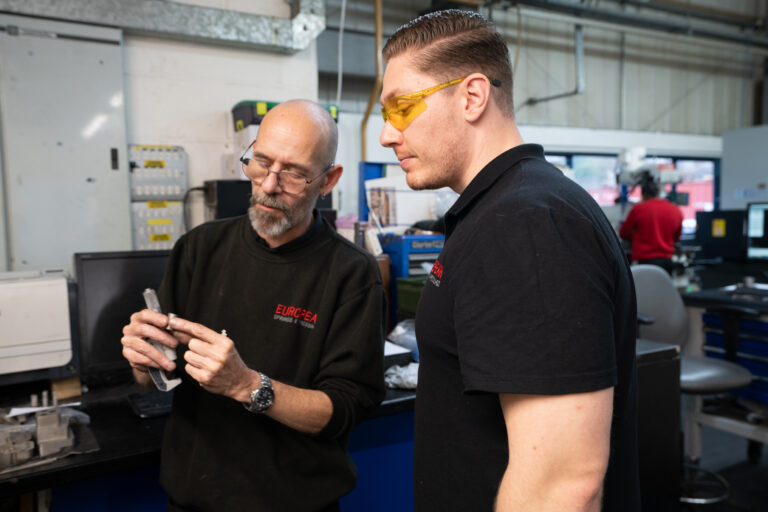Springs are one of the most common items that are used in the industrial and manufacturing sectors, as well as in everyday objects; they help make our lives a whole lot easier and they are incredibly easy to manufacture and use.

The great thing about springs is that they are incredibly versatile when it comes to the design, meaning that they can be used in various applications, as well as being designed so that they can be used in unique situations.
In the past, we have discussed the difference between two types of springs and, since they are the blogs that our loyal blog readers love most, we’ve decided to continue with series, starting up again with the difference between a compression spring and a gas spring.
Compression Springs
Compression springs are, without a doubt, the most common type of spring, as well as being the most economically viable to manufacture. They are made up of helically formed coils, which provides them with the ability to compress under pressure and then return to its original state when the pressure is released.
When the spring is compressed, it stores mechanical energy which can then transferred into other useful forms of energy, such as kinetic energy. Compression springs are most commonly used in applications where force is required to make the overall item work, such as light switches, retractable pens, medical devices, and even pogo sticks.
Gas Springs
Gas springs are a unique type of spring, as they do not operate via mechanical energy like compression and other forms of metallic springs. Instead, gas springs use a compressed gas that is contained in a cylinder. There is a piston located at the top of the spring that exerts a force via the compressed gas.
The most common uses of gas springs are in the automotive industry, such as in some door hinges and car boot mechanisms, the food processing sector, and in office furniture – your desk chair that you can raise and lower most likely has a gas spring inside.

The Main Differences Between the Two Springs
The main difference between the two springs – apart from how they work – is that gas springs can exert a much greater force than traditional compression springs, due to the nature of the compressed gas and the amount of pressure it can apply.
A great example of demonstrating this is when you open the boot of your car to put your shopping in. Let’s imagine there were no springs whatsoever. Firstly, you need a mechanism that can handle the sheer weight of the car boot. You also need to make sure that the boot door remains open when you put your shopping into the car.
If you had a standard compression spring here, it would be incredibly difficult to lift the door open because the further you extend a compression spring, the harder it is to maintain. As such, an excessive force would be required to open the boot, as well as the spring needing to be incredibly strong and sturdy.
This is where gas springs come in; they provide the opportunity to lift heavy objects without returning to its original orientation, as well as being incredibly sturdy and having a slick, effective design.
As specialist spring manufacturers, we always ensure that all our products are of the highest quality and can withstand any difficult scenario, meaning that your safety is paramount to us.
If you want to know more about the products we can provide for you, then please get in touch today and we will be more than happy to help.







